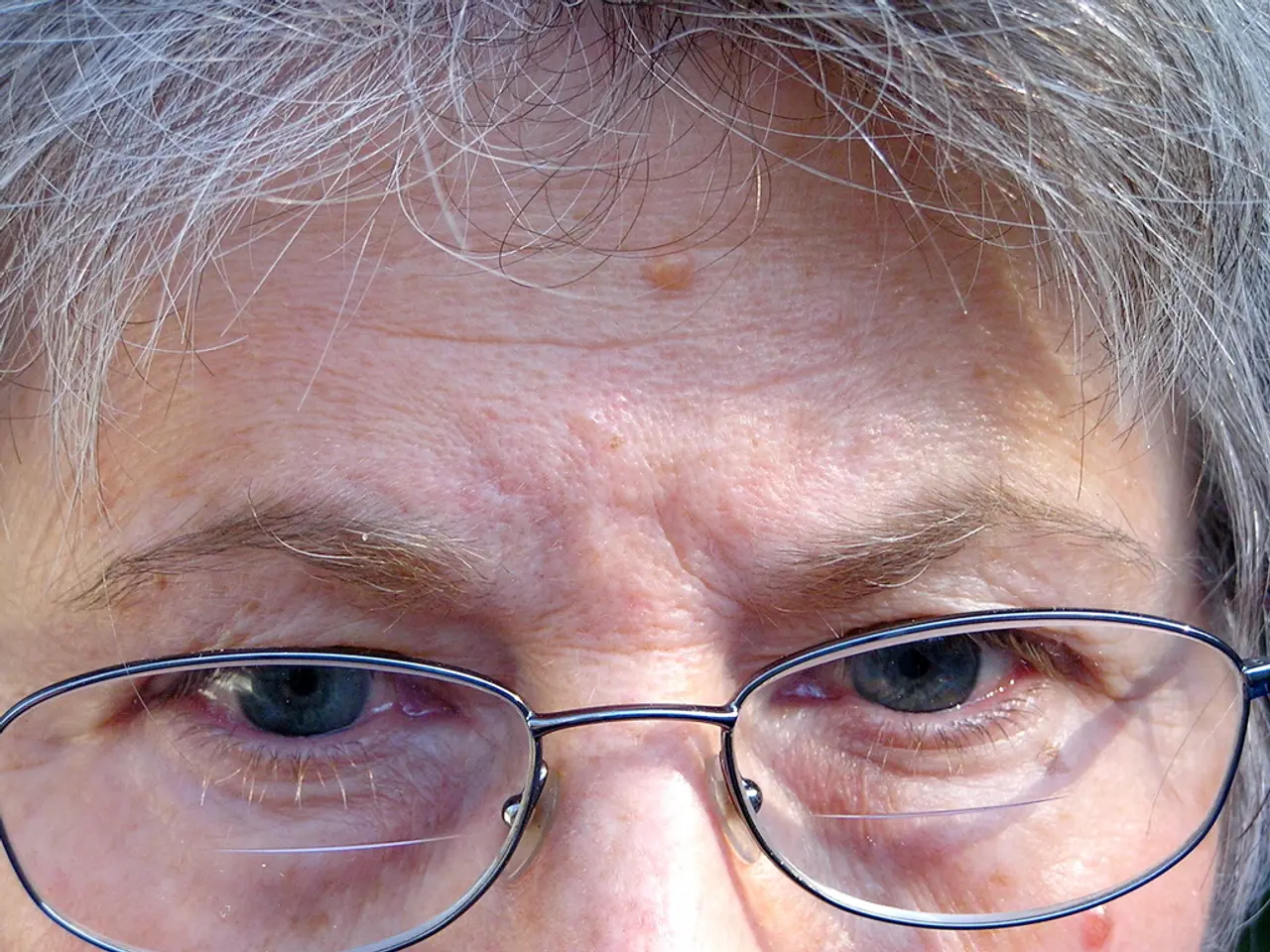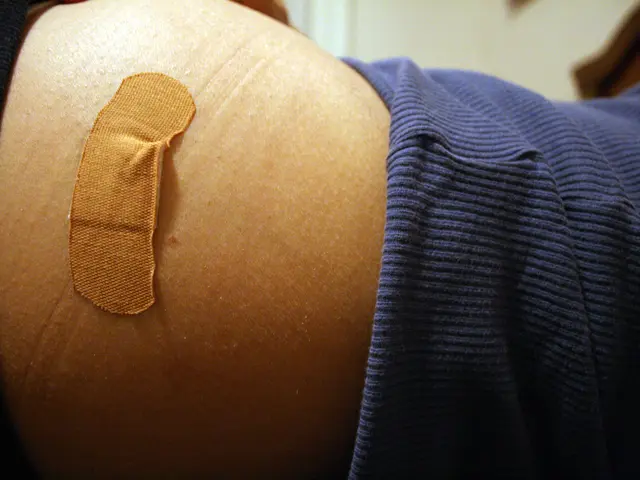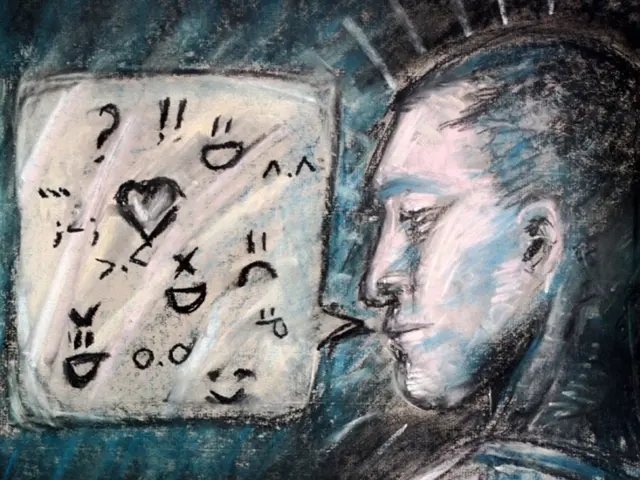Hypertensive Retinopathy: High Blood Pressure's Eye Damage
Hypertensive retinopathy, a condition caused by high blood pressure damaging the retina's blood vessels, has been in the spotlight. This eye condition can lead to serious complications and vision problems if left untreated.
Prolonged high blood pressure is the primary culprit behind this condition. It can cause damage to the retina's blood vessels, limiting their function and putting pressure on the optic nerve. This can result in vision issues and even eye swelling.
Risk factors for hypertensive retinopathy include heart disease, atherosclerosis, diabetes, smoking, high cholesterol, being overweight, and an unhealthy diet. These factors, combined with prolonged high blood pressure, can exacerbate the condition. The extent and severity of retinopathy are classified on a scale of 1 to 4, with higher grades indicating more serious blood pressure concerns and increased risk of complications such as ischemic optic neuropathy and retinal artery occlusion.
Symptoms of hypertensive retinopathy may include reduced vision, eye swelling, bursting of a blood vessel, and double vision accompanied by headaches. Diagnosis typically involves an ophthalmoscope examination and sometimes fluorescein angiography.
Hypertensive retinopathy, triggered by high blood pressure damaging retinal blood vessels, can cause vision changes and eye swelling. It requires prompt treatment to prevent serious complications. Regular check-ups and management of risk factors are crucial for prevention and early detection.
Read also:
- FDA's Generic Mifepristone Approval Sparks Pro-Life Concerns Over Safety and States' Rights
- Understanding Child Development: Causes and Signs of Delays
- Pope Francis' New Book 'Let Us Dream' Offers Unity and Hope for Post-Covid World
- Stephanie Estremera Gonzalez: From Medical Assistant to Residential Manager at The Point/Arc








